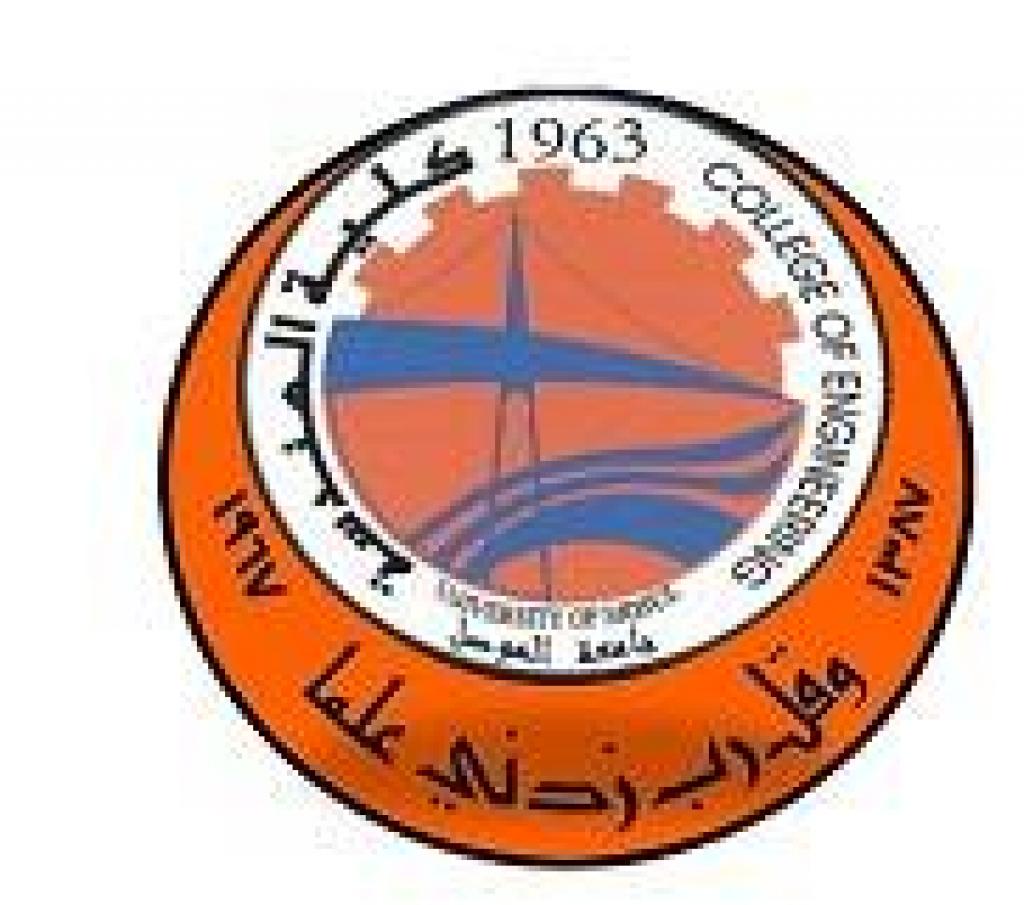7 December، 2021
Master thesis on “Study and Design of Microwave Bandpass Filter for Wireless Communication in 5G Applications”

A master thesis was discussed in Department of Electrical Engineering / College of Engineering / University of Mosul entitled “Study and Design of Microwave Bandpass Filter for Wireless Communication in 5G Applications” submitted by postgraduate student (Amjad Hussein Yousif Lowaizi), supervised by Dr. Saad W. Osman Luhaibon Monday, Dec. 07, 2021.In this thesis, a waveguide BPF filter at a center frequency of 28GHz and a bandwidth of 500MHz suitable for 5G base station applications is designed and analyzed. The waveguide filter is designed for a certain number of resonator coupling techniques. In the second-order waveguide filter with post coupling, the frequency response was according to the required specifications with a return loss of 20dB at the pass region.The second-order waveguide filter was also designed by using irises for coupling between the resonators, and the frequency response was in accordance with the specifications of the required filter, where the return loss was 20dB at the pass region and the highest blocking value obtained was -20dB at the frequency 32GHz. The first spurious frequency appeared at 40GHz with a blocking value of about -3dB. A fourth-order waveguide filter using irises was also used for coupling, where the highest value of the blocking was -79dB at a frequency of 33GHz, and the first spurious appeared with a value of -3dB at a frequency of 41.5GHz.In order to increase the separation between the assigned bands, a waveguide filter was designed based on the Generalized Chebyshev approximation to generate zero transmission below the pass region at the frequency of 27.1GHz, and the simulation results showed that it matches the required specifications.It was concluded that the waveguide filter with post coupling achieves higher spurious e window compared to its counterpart using irises coupling with ease of design for the second type. Also, the transmission zero within the response frequency achieved through the use of the general Chebyshev approximation achieves higher roll off from the passband towards the reject band , which reduces the protection band that needs to be allocated between the different companies.




















